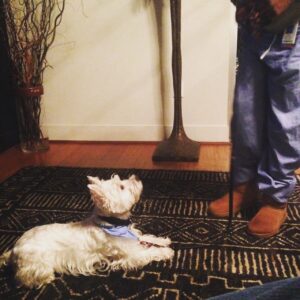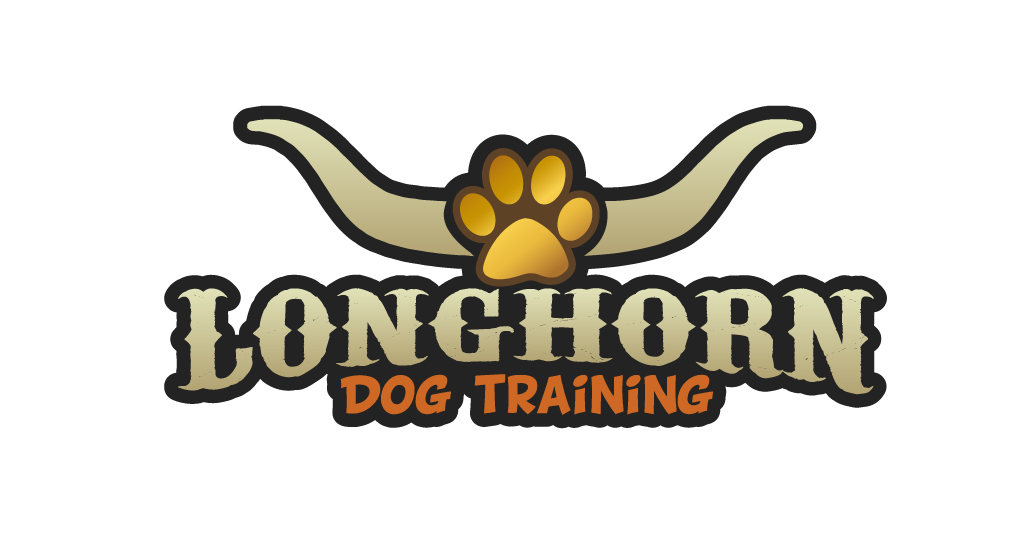Why Don’t We Recommend Board and Train?
For those that are new to the world of professional dog training, know that you have many options to choose from! Your dog that is exhibiting behavioral issues most likely needs some structure and professional training exercises to help them learn more appropriate behaviors suited to their life with you. When looking into professional dog training, there are different approaches that you can investigate and try.
One of the more common and most effective approach, is in-home dog training. This is private dog training where the trainer will visit the home of the owner and dog, and work with both of them through the training regimen. This involves hands-on work with the dog, probably along with some reading on canine behavior and the training exercises set for the dog’s specific training plan. With in-home training, all the focus is on the client and their dog, and they start off in their home, the most familiar place and the place where they have the most control.
 Another approach is a group class, where the owner and dog visit a kennel, store, or training facility where they will learn in a classroom environment, along with other students. There’s not as much one-on-one attention but a group class gives great opportunities to work on socialization, desensitization, greeting manners, and distraction work. It can be limiting to some dogs…dogs that have aggression issues may not be eligible for certain group classes, due to safety risks.
Another approach is a group class, where the owner and dog visit a kennel, store, or training facility where they will learn in a classroom environment, along with other students. There’s not as much one-on-one attention but a group class gives great opportunities to work on socialization, desensitization, greeting manners, and distraction work. It can be limiting to some dogs…dogs that have aggression issues may not be eligible for certain group classes, due to safety risks.
The other big training approach is board and train. This is similar to the idea of “shipping them off to boarding school” (but not with all the negative connotations!). The owner sends their dog to a trainer’s school, facility, or home. There, the dog will receive training outside of their familiar environment, and it will all come from the trainer. The owner is not involved with the training until after the dog is returned. At this point, the dog has gone through rigorous training, the owner is usually given follow-up work to practice, so that the dog understands that what they learned in school also applies to home and with their family.
Board and Train has become popular because it requires less time and work from the owner. There’s a certain convenience tagged to it. Board and Train can be the approach you might want to take with your dog’s training, but consider the following:
- The cost of Board and Train is usually the most expensive out of the aforementioned approaches. It’s not unreasonable, as it involves the trainer committing a lot of time, space, general care, and work for your dog EVERY DAY. But if expenses are a big factor into your decision making, then you might want to check the prices and your finances.
- The training immediately puts your dog in an unfamiliar environment with unfamiliar people and distractions. This is something all dogs should go through in training…as your dog should be reliable in any type of situation and with any one. However, starting off on this can be overwhelming for the dog, and doesn’t set them up for success as much as starting off in the home does.
- Owner involvement is lacking, which is both a pro and con of Board and Train, depending on who you’re talking with. As a dog trainer, I think the owner should be present and involved in the dog’s training from start to finish. This includes dogs that might exhibit serious protective/territorial behavior over their owners…the owners need to show them that this is not as severe and necessary as the dog is making it out to be! While I can train someone’s dog at my house for three weeks and return the dog with some follow-up work for the owner, sometimes it does not translate well. It opens up for opportunities for confusion, inconsistency, and honestly, laziness on the owner’s part. Your dog can come back fully trained, but if the owner isn’t demonstrating that same leadership and knowledge that the trainer showed, the dog might not see a need to follow their owner’s direction, and then slip back into some bad habits.
I’ve spoken with people who did board and train, and they loved it and got the results they needed. I’ve spoken with and also worked with people who did board and train, and then they had to hire me afterward because “the training didn’t work”. Whether that means the trainer didn’t find the correct protocol for the individual dog, or the owner just didn’t know how to maintain the training, it just means that the owner is starting from square one again with their dog, and losing more time and money. It’s stressful for both owner and dog.
My in-home dog training is commitment and results-based, meaning we work together until we get results. I will work with you and your dog, starting off where they can acclimate more easily, and can start in a comfortable and familiar territory. I work with owners so they become competent and confident leaders for their dog, gaining lifetime skills that will ensure reliability and long-term results.
If you have questions on board and train, or if you’re interested in any of our Austin in-home dog training programs, call us at 800-649-7297!
